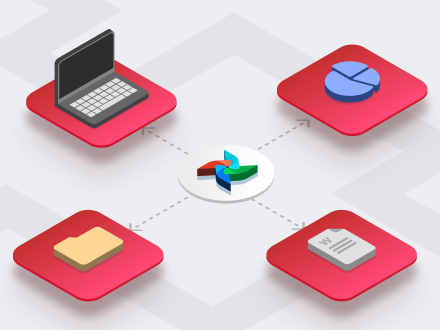That’s another important point on our eCommerce website checklist. At this stage, you are to mull over what else you’d want to see on the website apart from the list of products. You really need to make a homepage, “About Us” page plus a contact page (of course you are not expected to do that yourself, that’s the task for your developer). Plus text and video content are really appreciated by the customers.
During the development of your eCommerce website, it’ll be great if you:
1) Add a picture of you. In this way, customers feel some personal approach as they will be dealing with someone real.
2) Include the name of your store. Usually, the developers add your account name, however, in case you decide that you’d like something different, that’s not a problem.
3) Don’t forget to add your logo, as this will do good for the branding and recognition.
4) Include the payment logos and trustmarks (that is an electronic commerce badge, image or logo displayed on a website to indicate that the website business has been shown to be trustworthy by the issuing organization). They are the sign to the clients that it’s secure to deal with you.
Be sure to make the categories which will make sense to the customers. You need to find out as much information about your perfect client as possible and take this information into account while creating a UI which they’ll find perfect.
Bear in mind that your opinion about your clients can be different from their perception of themselves, that’s why if you manage to come up with a way to gather their thoughts while you are developing your eCommerce website, that would be marvelous.
As soon as you have done with the website design, it’s high time you added your products. In Innowise we do the following way:
1) You need to select the type of your product: it can be some service, or material or digital.
2) You have to choose a name for your product and describe it.
3) You need to establish the price and the amount which is to be sold.
4) You have to make a preview of your products. You can do it in several ways, depending on the type of your product: just upload a photo/video file or a video preview.
5) Another important aspect is to make a choice regarding delivery and pricing alternatives.
Of course, you might want to speed up the whole procedure, however, remember that the better your design and product descriptions are, the more likely is their conversion. You should also be careful and concise as far as the copywriting goes and make the images look beautiful.
















